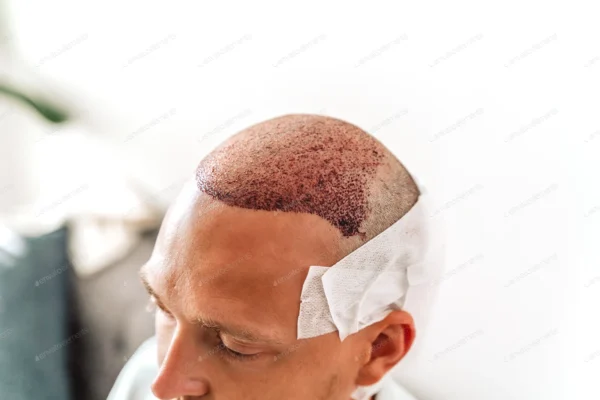Description
It is a surgical technique that removes hair follicles from one part of the body (donor site) to bald part of the body (recipient site).
Methods of hair transplant–
(1). Follicular Unit Strip Surgery (FUSS).
(2). Follicular Unit Extraction (FUE).
FUSS procedure– The surgeon removes a 6 to 10 inch strip of skin from the back of the head. They set it aside and sews the scalp closed. This area is immediately hidden by the hair around it.
FUE procedure– The surgeon’s team will shave the back of scalp. Then, the surgeon will remove hair follicles one by one from there. The area heals with small dots, which your existing hair will cover. After the preparation of grafts, the surgeon cleans and numbs the area where the hair will go, creates holes or slits with a scalpel or needle and delicately places each graft in one of the holes.
The process of hair transplant will take about 4 to 8 hours.
Expectations and Recovery–
After hair transplant, your scalp may be very tender. You may need to take pain medications for some days. Wear bandages over your scalp for atleast a day or two. You may need an antibiotic or an anti-inflammatory drug for several days. Most people are able to return to work 2 to 5 days after the hair transplant. Within 2 to 3 weeks after hair transplant, the transplanted hair will fall out, but the new hair growth will start within a few months. Most people will see result 60 % of new hair growth after 6 to 9 months.You may need hair-growing drug minoxidil to improve hair growth after hair transplant.





